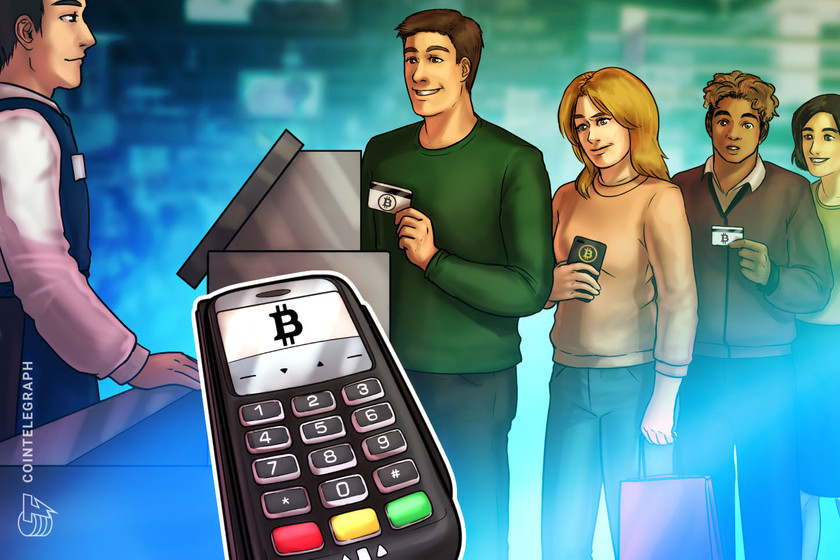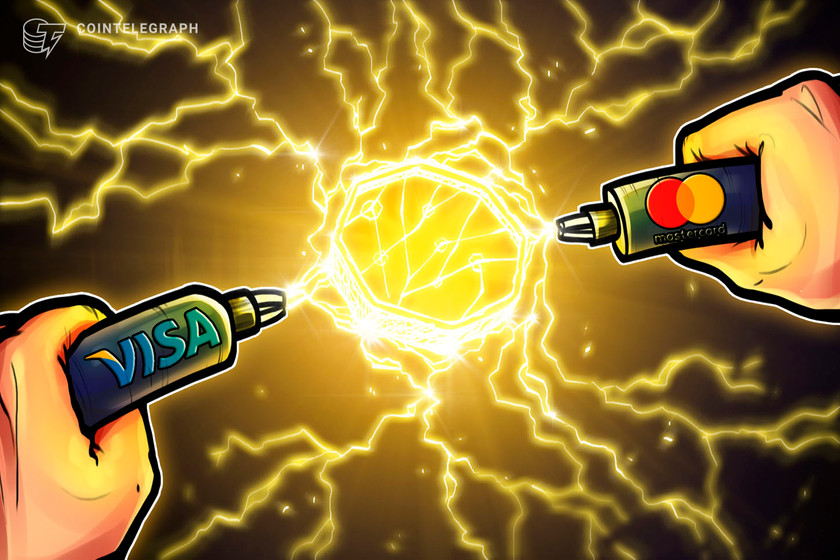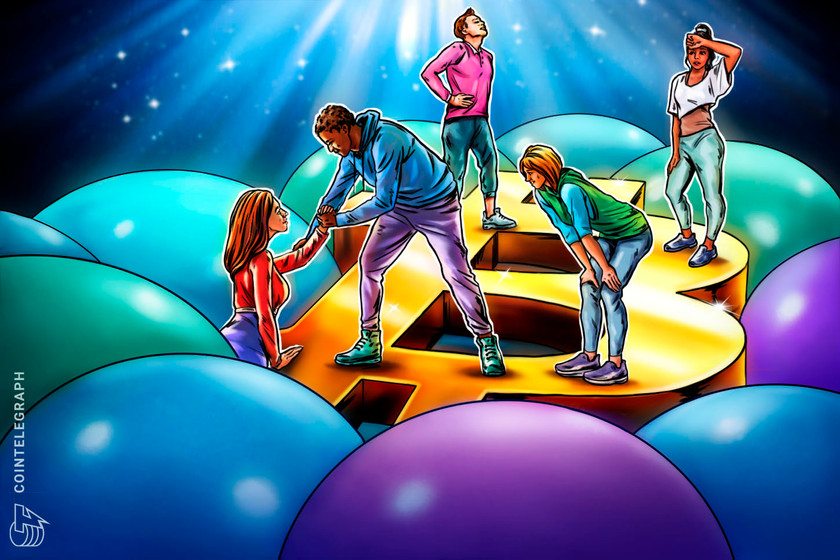OpenNode sets up BTC payment infrastructure in Bank of Bahrain regulatory sandbox


The kingdom in the Persian Gulf is taking its latest step in transforming its economy away from oil with the Bitcoin and Lightning Network infrastructure provider’s trial.
Bitcoin infrastructure provider OpenNode will test a Bitcoin (BTC) payment processing and payouts solution in the Central Bank of Bahrain’s (CBB) regulatory sandbox, the company announced on Tuesday. This is the latest of several steps the kingdom has taken to join the crypto economy both on its own and as a member of the Cooperation Council for the Arab States of the Gulf (GCC).
OpenNode will provide the first Bitcoin infrastructure in Bahrain, although the Gulf island nation has been luring fintech companies to its shores for the past several years as it transitions away from a petroleum-based economy. OpenNode CEO and cofounder Afnan Rahman called the agreement with the CBB “a watershed moment for the people of Bahrain, the Middle East and the Bitcoin economy as a whole.”
Bahrain economic development board investment development for financial services executive director Dalal Buhejji commented on the addition of OpenNode to the CBB sandbox:
“As a country, we have always been ahead of the curve in adopting Fintech solutions thanks to our regulator’s flexibility and forward thinking.”
Nonetheless, Bahrain is unlikely to edge out Dubai as the most crypto-forward in the Gulf region.
The CBB set up a regulatory sandbox in 2017 and enhanced it in 2021. Also in 2021, Bahrain licensed the local Sharia-complaint crypto exchange CoinMENA.
Related: Bahrain is Eyeing at Becoming Middle East Pioneer in Blockchain
This year, the CBB licensed Binance to operate in the country, making Binance the first international crypto exchange to receive a license in the GCC. It also partnered with JPMorgan Chase’s crypto unit Onyx to create an instant cross-border payment solution.
“This is a watershed moment for the people of Bahrain, #Bitcoin economy as a whole.
OpenNode’s leading #BTC infrastructure solution continues to pave the way for countries, governments and reputable financial institutions to adopt the #Bitcoin“- says CEO & Co-Founder at OpenNode https://t.co/0Sup54AF4j
— GemCryptoFather (@GemCryptoFather) September 13, 2022
OpenNode is currently active in more than 160 countries, including El Salvador. The company was founded in 2018 with financing from venture capitalist Tim Draper and his Draper Capital.






























